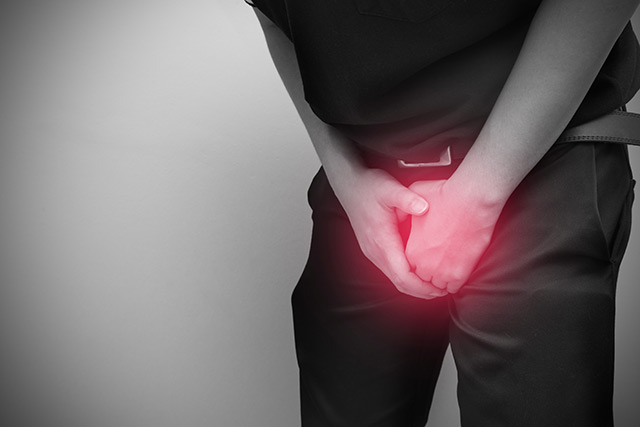Dioxin contamination isn’t just a food and air issue: you can also absorb dioxins through your SKIN
02/24/2023 / By Ethan Huff

Following a disastrous incident like the East Palestine, Ohio, train derailment, people’s biggest concerns about released toxins center around intake through the mouth (i.e., eating contaminated food and drinking contaminated water) and lungs (i.e., breathing contaminated air), but what about absorption through the skin?
A 1989 “Rachel’s Hazardous Waste News #120” newsletter specifically discusses skin absorption of dioxins, which are receiving a lot of attention in the aftermath of the Norfolk Southern disaster in Ohio because they were released during the “controlled explosion” and burning of vinyl chloride.
Evidence that was new at the time suggested that skin absorption of dioxins is perhaps worse than eating or breathing the toxins. Babies are especially prone to skin uptake because their skin is softer and more porous than that of adults.
Researchers at the National Institute of Environmental Health Sciences studied skin exposure to dioxins using test mice and rats. They found that some chemicals enter the body via the skin much easier than others. They also discovered that lower doses of dioxin can actually be more harmful, in some cases, than larger doses.
“In the past, the theory has been that the skin (which has a total area of 1.8 square meters in the adult human) has served as a passive barrier to chemicals,” the newsletter explained. “Now it is apparent that the skin is very active in metabolizing (biologically altering) chemicals and that these metabolic processes affect the way the body absorbs (or does not absorb) a particular chemical.”
“Sweat glands, sebaceous glands (which produce oils), and hair follicles can all contribute to the way chemicals are absorbed through the skin.”
(Related: The dioxins released following the train derailment in Ohio will likely plague the food chain for years to come.)
Lower doses of chemicals pass through the skin more easily than higher doses
Even if it is the case that the dioxin release in East Palestine was not as bad as many sources are now saying, the toxicity of what was released still poses a very serious threat to the people who live in and around the contaminated town.
In the mice experiment, rodents that received 0.3 micrograms (mcg) of dioxin per kilogram of body weight absorbed 40 percent of the dose. Those that received between 32 and 320 mcg of dioxin per kilogram of body weight absorbed much less, below 20 percent of the dose.
“This may be important for human exposures, which usually occur at low doses over long periods rather than in high doses over short periods,” the newsletter reads.
Younger rats also absorbed much more dioxin than older rats, the experiments revealed. Three-month-old, or “young adult,” rats absorbed 16 percent of the dioxin applied to their skin while nine-month-old, or “middle-aged,” rats absorbed less than five percent of a similar dose.
Acute toxicity from skin exposure to dioxin is “unlikely,” according to lead researcher Linda Birnbaum – but chronic, or long-term, exposure is a different story.
“You’re going to have the potential to build up a body burden” of the toxic chemicals, Birnbaum said at the time.
All of this is important because it adds to the understanding of what East Palestine residents and others who live nearby can expect in the coming months and years. Those who were exposed to dioxin early on but left the area are likely to be much better off than those who stick around and eventually discover that long-term, chronic exposure to even low levels of dioxin is the more serious issue – especially for young people and babies.
More news about the chemical dioxins released in East Palestine can be found at Disaster.news.
Sources for this article include:
Submit a correction >>
Tagged Under:
air, chemicals, clean air, clean water, derailment, dioxin, disaster, East Palestine, ohio, poison, poisons, Skin, toxins, train
This article may contain statements that reflect the opinion of the author
RECENT NEWS & ARTICLES
Chemicals.News is a fact-based public education website published by Chemicals News Features, LLC.
All content copyright © 2018 by Chemicals News Features, LLC.
Contact Us with Tips or Corrections
All trademarks, registered trademarks and servicemarks mentioned on this site are the property of their respective owners.
















